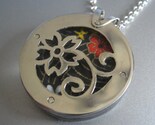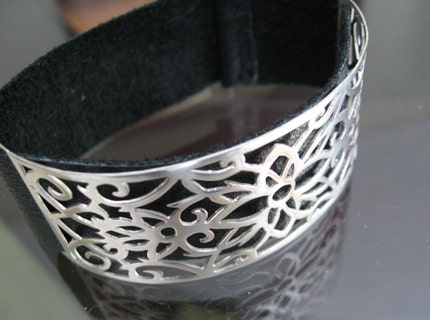
Tell me if this sounds at all familiar to you: I have a coworker whose bathroom ablutions seem, to me, a little bit OCD. First off, she washes her hands before and after using the toilet. Ok, I get it. I mean, I don't touch any part of my body when I'm doing my business, I let the toilet tissue do all the dirty work, but you never know, you could splash, or the paper could slip... whatever. It wouldn't bug me so much, but she also flushes before and after the business. Before? Really? Lucky we have so much water in this country. I've always found it sufficient to flush once (after the business is done) and wash once (ditto on the timing). But who am I to judge? It just seems that everywhere I look, people are going crazy trying to eliminate germs. Are we healthier because of it? I don't really think we are doing our immune systems any favours by slathering ourselves repeatedly with hand sanitizer and washing obsessively.
I bring this topic up because I've noticed in the Etsy forums there is usually a thread going about whether or not it's hygienic to model the jewellery you make. Most people seem to think that it's a horrible, nasty, and dirty thing to put an earring into your ear and then try to sell it. Let's look at that logic for a moment. People sell HANDMADE earrings on etsy. That means that they make them with their dirty, nasty, awful hands, which, as we are all taught, are filthy repositories for all the effluvia we come in contact with. How many times do we touch the earring posts or hooks during the creation of the piece? Well, if you're anything like me, and crafting the earrings completely by hand, (sometimes even alloying the metal and drawing the wire by hand), your hands are in contact with the metal throughout the whole process. Yet no one seems to even think about the necessary germ-ridden dirtiness of the whole crafting process. Put the earring in an ear to model it, though, and it's contaminated with god knows what.
Before my jewellery gets to a customer, it is put in an ultrasonic bath for 5 minutes, then polished one last time with a soft cloth. Regardless, I would still recommend wiping the hook or post with an alcohol swab before putting it in your ear - because I may have touched it before I packaged it, your friend touched it when she was admiring it, and you picked it up before you put it on. Wash your hands, use some alcohol to clean the part that's going in your ear, and stop freaking out that the artist had someone model the piece for a picture. You're not going to catch anything from my earrings.









